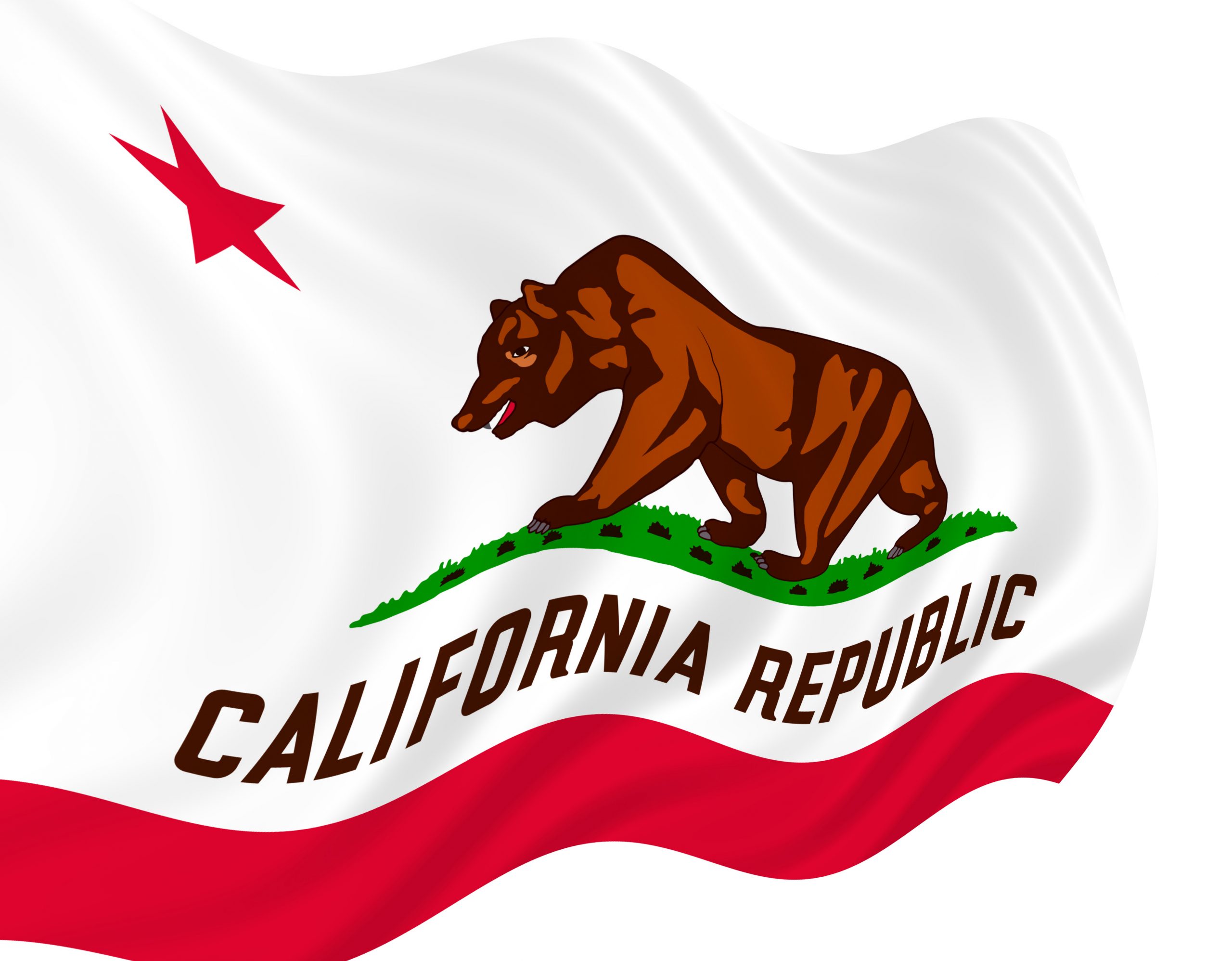California is destined for yet another energy crisis, which, like the drought that’s been scorching the state, will be man-made. Shortages can be avoided, but that will require lawmakers to think in ways that few have engaged in in recent decades.
California’s electricity demand is expected to increase, on average, by as much as 1.27 percent a year from now until 2026, the California Energy Commission reported in its January forecast. That’s more than double the 0.52 percent annual demand increases the state experienced from 2000 to 2014. Among the factors driving the rising demand are growth in the number of households and higher manufacturing output.
Not to be overlooked, though, is expanded sales of electric cars. By 2020, in a state where electric cars are highly prized for their green virtue-signaling points and cow flatulence is a regulated emission, 400,000 battery electric vehicles and plug-in hybrid electric vehicles will be sold, more than four times as many as will be sold this year. According to Navigant Research, by 2025, yearly sales could reach 600,000.
The drain these vehicles will place on electricity supplies likely will be enormous. The Massachusetts Institute of Technology’s Technology Review reports that “plugging in an electric vehicle is, in some cases, the equivalent of adding three houses to the grid.” Even if most of the charging is done overnight at off-peak hours, will the system be able to keep up?
Unfortunately, it appears that we’ve already seen how California will deal with its energy issues. Sacramento requires that half of the electricity consumed by 2030 will come from renewable sources. California law also mandates that one in every seven cars sold in the state will be a zero-emissions vehicle by 2025, and Gov. Jerry Brown has issued orders demanding that more than 1.5 million of them will be on the roads by then.
Federal policies could make the problem even worse. A recent Pacific Research Institute study by Dr. Wayne Winegarden, “The Clean Power Plan’s Economic Impact,” found that these new federal regulations could drive up California electricity burdens even higher. California’s lowest-income residents could see increasing power burdens equal to 17.36 percent of their annual incomes if the plan is fully implemented. These policies would hit low-income and working-class communities the hardest.
Together, these federal and state policies will not create a single watt of additional energy. Instead, legislators should be enacting policies that will allow the profit incentive of the free market to stimulate construction of more power plants, including nuclear facilities.
But California has a historic aversion to developing additional generation capacity. Only one new power plant has been built since 1988, and one of the state’s two nuclear plants was taken offline permanently in 2013. The other will shut down in 2025.
Naturally, much of the resistance to power-plant construction will be stirred up by the EV owners whose cars could critically strain the system. In their rush to be green, they apparently give little thought to how much more electricity they will need, and where it will come from. But they are nevertheless certain that Californians have to decrease their fossil fuel consumption.
As of now, a little more than 13 years before half of the state’s electricity generation has to be from renewable sources, only 30 percent of the power we use fits that description. Gas-powered plants provide more than 60 percent of electricity generation. Given these ratios, how will California get there from here? Build more bird-killing, scenery-scarring wind farms? Legislate increased precipitation to boost hydropower, which is subject to the weather? Spend more taxpayers’ dollars on solar panels? Clear cut forests to produce additional biomass?
One option could be to make use of a modern, reliable energy source that produces no emissions, and would help the state reach its 50 percent-renewables mandate. Nuclear power could be an effective option to increase power generation for those that worry about such things as man-made greenhouse gases.
California is already a national leader in power outages. There were 464 in 2013, almost three times as many (159) as there were in Texas, the state with the second-most. Electricity prices here are 45 percent higher than the U.S. average. It’s reasonable to assume that conditions will only grow more difficult. Lawmakers could steer the state away from trouble, but not if they keep thinking the same way they have for decades.


